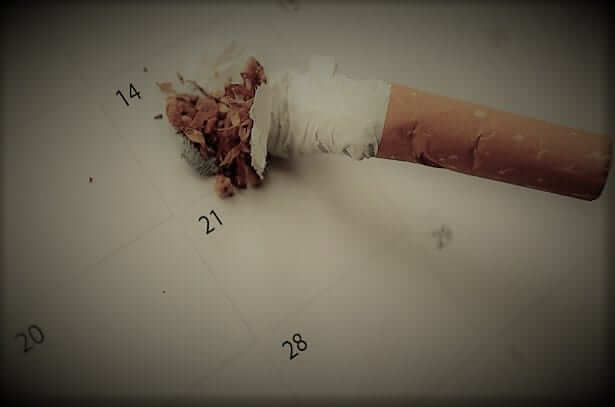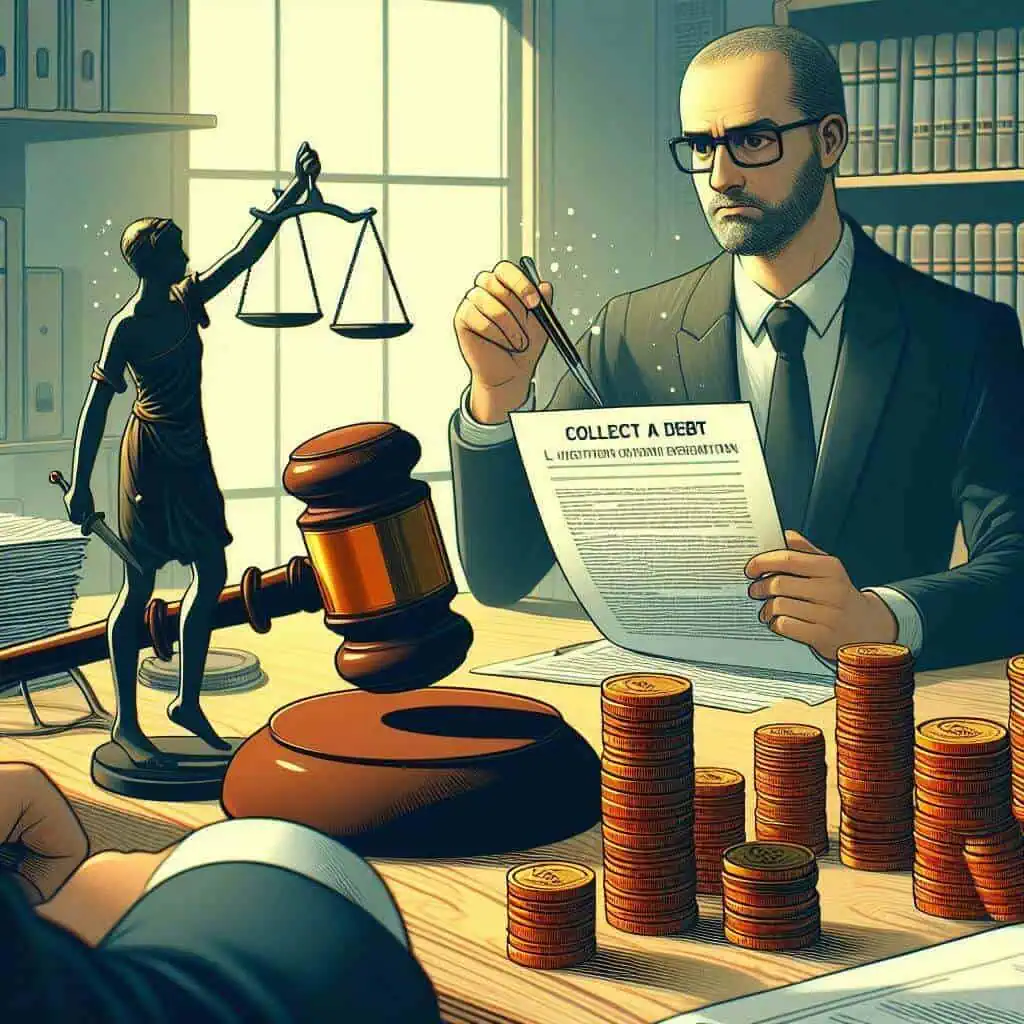The “action-packed” presidential issuance from President Rodrigo Duterte, signed on 16 May 2017, Executive Order No. 26 (EO 26), otherwise known as the Nationwide Smoking Ban, takes effect sixty (60) days from its publication in a newspaper of general circulation. Thus, the smoking ban will be enforced throughout the Philippines beginning 23 July 2017. As smokers and non-smokers alike get ready for the inevitable, it is best to clarify what can and cannot be done under EO 26.
It must be clarified that this executive issuance is not entirely new. It takes off from where the not-so-new Republic Act No. 9211 has left.
EO 26 provides for the establishment of smoke-free environments in public and enclosed spaces. The presidential issuance made it very clear that it covers all public and enclosed places found within the territorial jurisdiction of the Philippines.
The issuance went further to define a public place as all places, fixed or mobile, that are accessible or open to the public or places for collective use, whether owned by the government or privately owned.
Included in the definition of a public place are schools, offices, workplaces, government facilities, establishments that provide food and drinks, accommodation, merchandise, professional services, entertainment or other services, and outdoor spaces, such as playgrounds, sports grounds, centers, church grounds, health/hospital compounds, transportation terminals, markets, parks, resorts, walkways, sidewalks, entrance ways, waiting areas, and the like, are covered in the prohibition.
Finally, in the executive order, public vehicles and conveyances refer to modes of transporting the general population, such as jeepneys, tricycles, taxicabs, and other similar vehicles.
It is obvious that there is a prohibition from smoking while inside public or private offices, buildings, or even public transport vehicles like taxicabs and buses. Of course, a smoker will not even dare smoke inside a church, school or hospital, lest he suffer the wrath of scores of angry parishioners, or complaining parents. Certainly, a person who insists on lighting up inside a non-smoking facility, like a mall or restaurant, is sure to be booted out by the next friendly security guard that sees him or her.
The question that everyone is asking is – does the nationwide smoking ban prohibit smoking in all of these public areas and public conveyances?
The answer is, no, the nationwide smoking ban does not absolutely prohibit smoking in all of these areas.
On the contrary, the prohibition is express towards smoking within enclosed public places and public conveyances. The operative word here is “enclosed”. EO 26 defines an enclosed place as a place that is covered by a roof or other structure serving the purpose of a roof, and having one or more walls or sides, wherein the openings on the walls or sides have an aggregate area that is less than half of the total wall space, regardless of the type of material used for the roof, wall or sides, and regardless of whether the structure is permanent or temporary.
Therefore, as a general rule, if the area is not enclosed, then is it not covered by the prohibition. However, note that EO 26 includes, as part of the term “enclosed public space”, all areas of a building or conveyance, including its open spaces, which are not covered by a roof or other similar structure.
Thus, a person who is caught lighting up a cigarette, at or near the entrance of a building, along the open hallways, or even in an open area, open quadrangle, or garden that is part of the building, can be said to be smoking in an enclosed public space, and consequently, violating the smoking ban, even if the area is not really enclosed.
Can you smoke in your car? Yes. The prohibition from smoking only applies to enclosed public places and public conveyances. The definition in EO 26 does not include private vehicles. While it may be argued that a person smoking inside the vehicle while traversing a public thoroughfare is no different than a person lighting up while walking along the street, penal laws and regulations, such as Executive Order No. 26, are to be interpreted strictly. For all intents and purposes, a private car is not an enclosed public space.
However, as to bars and restaurants that allow smoking inside the establishment through a legally obtained tobacco permit from the local government, the answer as to whether they may be affected and subject to the prohibition is not so clear.
The executive order includes in the definition of a public place “establishments that provide food and drinks”. As we clarified earlier, EO 26 prohibits “smoking within enclosed public places”. Thus, smoking inside a bar or restaurant may come within the prohibition since it is clearly an enclosed space. However, since Republic Act No. 9211 allows the owner, proprietor, operator, possessor or manager of such places to establish smoking and non-smoking areas, it can be argued that the owner of such bar or restaurant may legally segregate part of the establishment as a defined smoking area.
Additionally, there is nothing in the executive order that prevents these bars and restaurants from permitting smoking in the open or “unenclosed” portions of their establishment. After all, the prohibition is directed to “smoking within enclosed public places and public conveyances”.
Not only smokers taking a quick puff may be slapped by a violation of EO 26. Under the nationwide smoking ban, smokers and non-smokers alike may be liable.
EO 26 mandates the president of a company or business, the owner of a building or facility, or the administrator of property, to post or display written and graphic warnings of the prohibition all over the premises, in covered establishments, and in mandatory places under their control. These persons, referred to in the executive order as “persons-in-charge”, will be guilty of violating EO 26, if they fail to comply, even if the person-in-charge is a non-smoker.
Persons caught smoking in prohibited areas, persons-in-charge allowing, abetting or tolerating smoking in prohibited places, illegally selling, distributing or even purchasing tobacco products, sale of tobacco products to minors, the minors themselves when caught selling posting, distributing, promoting or advertising of tobacco products in prohibited places, are just some of the prohibitions found in Executive Order No. 26.
The issuance expressly orders the formation of a local Smoke-Free Task Force in each city and municipality, to apprehend violators, and institute criminal proceedings for violation of the executive issuance.
Does Executive Order No. 26 have teeth? Yes, it does. The executive order has bite.
Smokers and persons caught violating EO 26 will be punished under the penal clauses of existing laws, particularly Section 32 of Republic Act No. 9211.
For one, those caught smoking in prohibited places will be fined between Five Hundred Pesos (P500.00) to Ten Thousand Pesos (P10,000.00), depending on the frequency of violations. Not only that, on the third offense, the owner of the business that tolerates or abets the violation may be penalized with cancellation of his or her business permit.
Those caught selling tobacco products to minors, those selling tobacco products without the required warnings, or otherwise violating the tobacco advertising or promotional guidelines in the executive order, will get slapped with fines ranging from Five Thousand Pesos (P5,000.00) up to Four Hundred Thousand Pesos (P400,000.00), or imprisonment ranging from one (1) to three (3) years, or both, at the discretion of the court.
Nicolas & De Vega Law Offices is a full-service law firm in the Philippines. You may visit us at the 16th Flr., Suite 1607 AIC Burgundy Empire Tower, ADB Ave., Ortigas Center, 1605 Pasig City, Metro Manila, Philippines. You may also call us at +632 4706126, +632 4706130, +632 4016392.









